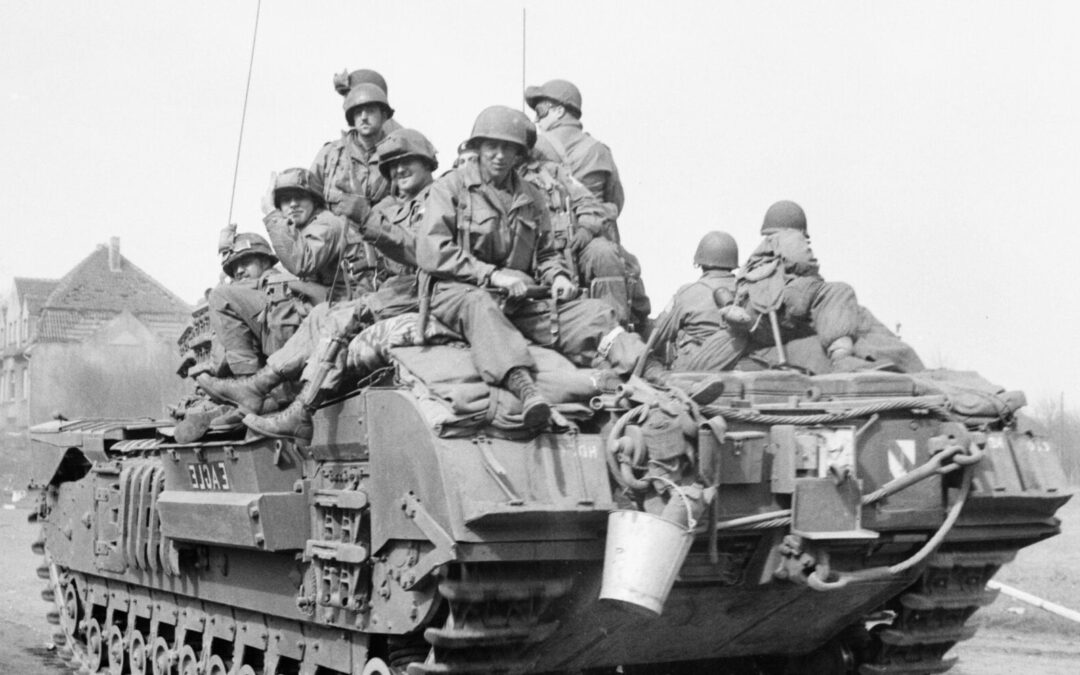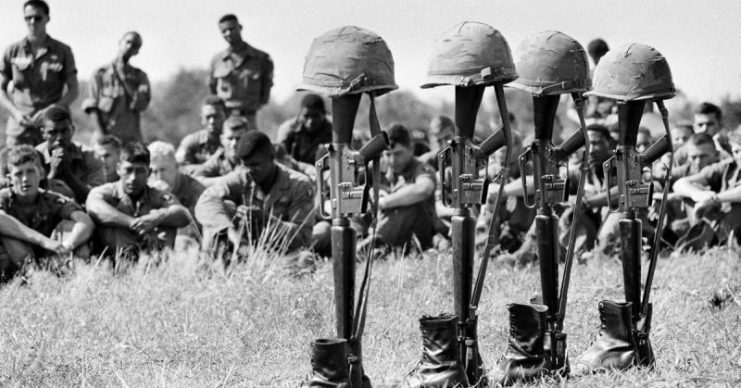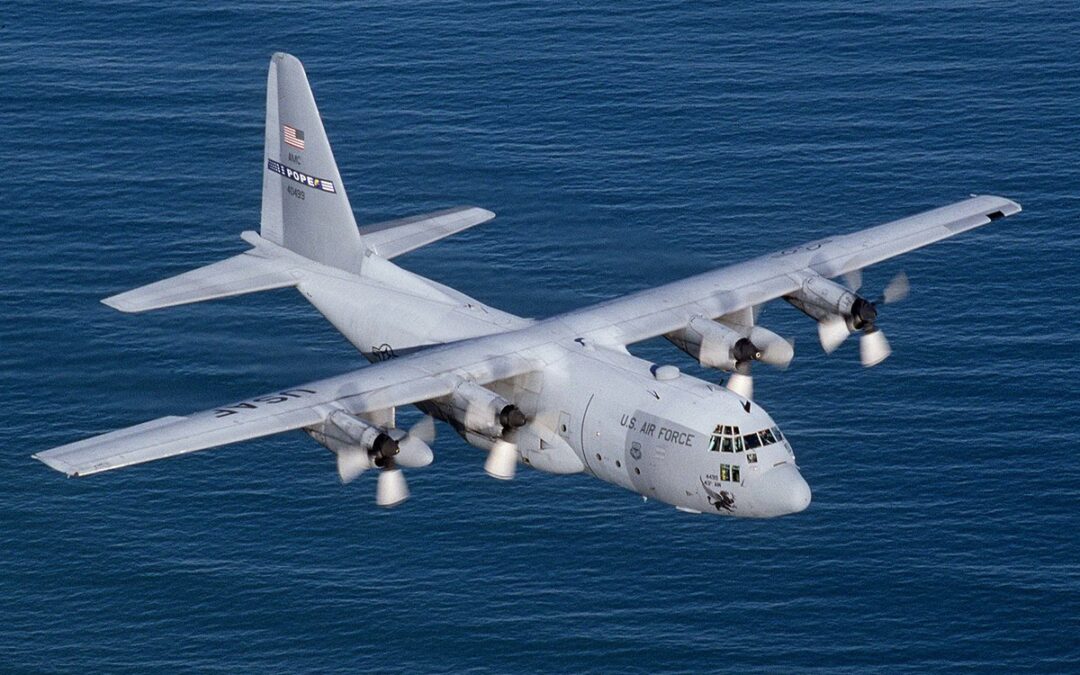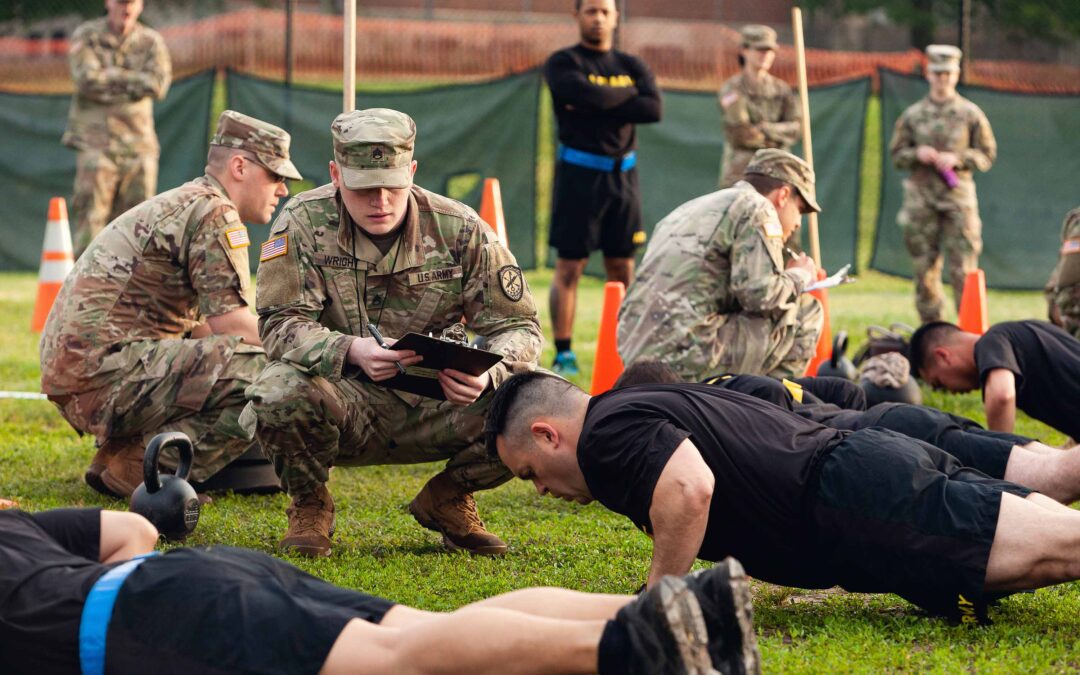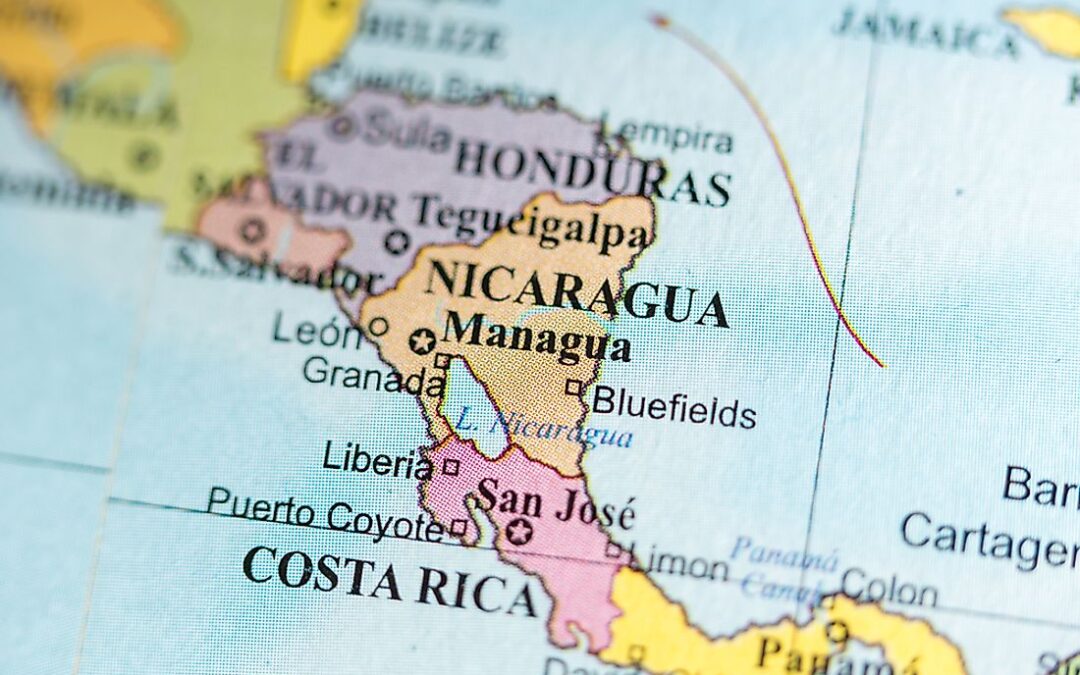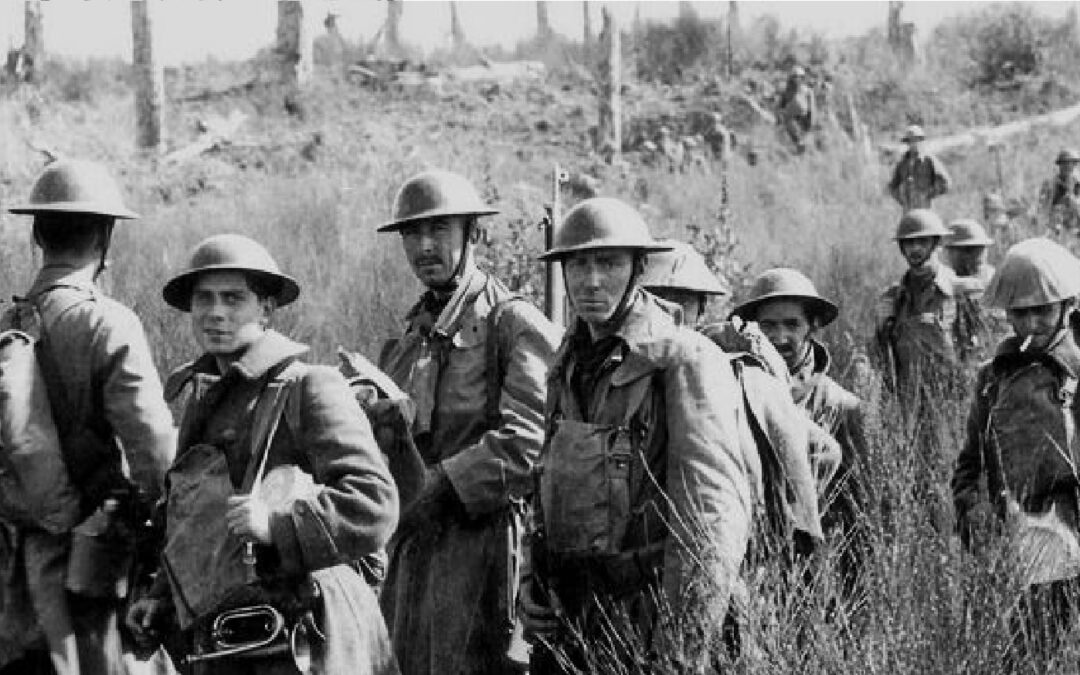The Battle of Inchon was an amphibious invasion and battle of the Korean War that resulted in a decisive victory and strategic reversal in favor of the United Nations. The operation involved some 75,000 troops and 261 naval vessels and led to the recapture of the South Korean capital of Seoul two weeks later. The code name for the operation was Operation Chromite. Amphibious Invasions Turn the Tide at Inchon The battle began on September 15, 1950, and ended on September 19th. Through a surprise, amphibious assault far from the Pusan Perimeter that United Nations and South Korean forces were desperately defending, the largely undefended city of Incheon was being bombed by UN forces from the air and from the allied ships off the coast of Incheon. On September 16th, in an attempt to stop the advance of the UN forces, North Korean People's Army (NKPA) sent six columns of T-34 tanks to the beachhead. They were quite alone, without infantry support. They were spotted by a strike force of...

